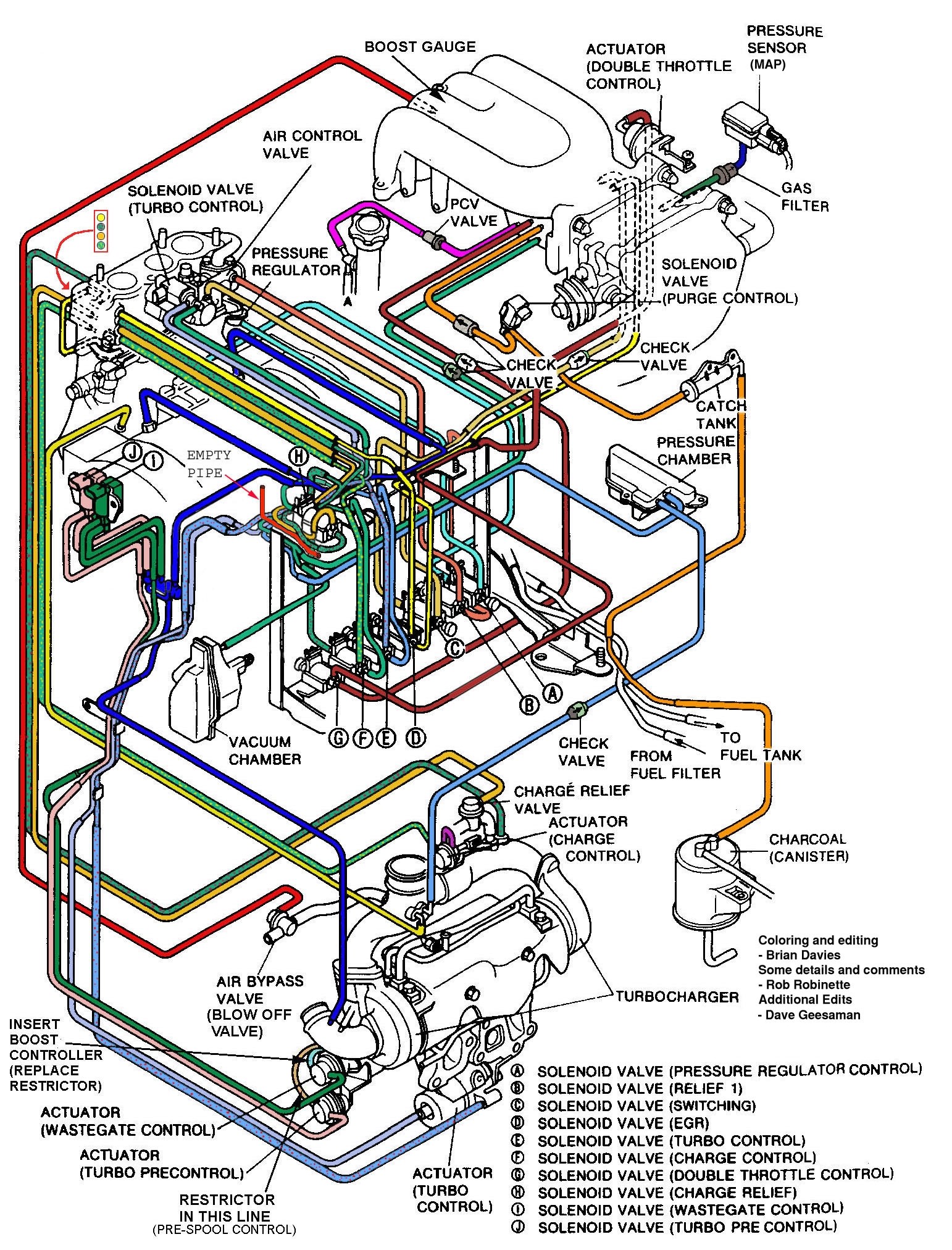My point is not so much with the diagnosis, its with the method of repair. Not only are old cars easy to fix without having to drain coolant to change a spark plug, but you used your artistically trained ear to diagnose. With the advent of OBD, it started telling you what was wrong with all that new technology.
An example... a customer was driving down the street in his Hyundai when is check engine light came on. He saw our shop a block ahead and stopped. It had 9 codes including EGR, variable intake malfunction, knock sensors, limp mode, and that the limp mode was even malfunctioning along with several others. He left it with us on a Friday morning. His wife was 9+ months pregnant and he desperately needed the car, but I couldn't tell him to drive it in limp mode... let alone that limp mode was malfunctioning. I spent hours diagnosing all of these issues with varying levels of failure. Its not only a matter of testing things, its the fact that you have to find all of these components, then find all of their controlling mechanisms, and devise logical ways of testing each one. After leaving the car over the weekend, you know what the problem was? A blown fuse. His aftermarket stereo blew a fuse that controlled a few things like the tach and speedo. The tach helps determine when the EGR opens which caused the EGR fail. The EGR fail caused the knock sensors to reach their limit of ignition retard and cause detonation. The failed tach also caused the variable intake to fail. All of the above put it in limp mode. Once in limp mode, the computer uses the RPM to help plot a basic map allowing the engine to run on minimal input, but since it had no tach it said that the limp mode was failing.
The first problem I see is that the computer derives information from a secondary source: The tach signal should go to the computer, then through a fuse to the tach. That way, if the fuse blows you lose the dash display, but the car still operates. This car has the tach signal drive the tach and the computer reads from that. The single blown fuse ended up throwing the computer (and me) into a headspin. THAT is poor engineering anyway you slice it. Anyone who has ever added fog lights or rewired a stereo could design a better electrical system than that. These people have set aside basic engineering logic and made a sub-standard system... and then it falls on ME to magically know how to fix it by plugging in this magic OBD code reader.
The second shortcoming is the lack of diagnostic intuition. If they're going to put all of that sophisticated crap in there, at least they need to have an equally sophisticated diagnostic system. There is a dummy light that tells you when your brake lights are out, why not one that tells you that fuse #18 is blown? Or even a "most likely fault" when those 9 codes show up?
Sure, these cars separate the men from the boys and I have no problem admitting that I'm a "boy" when it comes to these computers. I personally find more art in tuning a carb by ear than trying to decipher what a computer thinks is wrong. Anyone can read a code and throw parts at something, but I would challenge any late-model wrencher to diagnose a 65 Impala that pops through the carb under acceleration. At least my artistic ear has value when dealing with new cars. Let's see a new-car tech diagnose an old-school car with just their ear.
Then to add insult to injury, the solution often requires an 80% guess, then tearing down half the engine to fix what you think is most probably wrong.
I know I'm too young to be this old-school, but I have rejetted a carburetor that I felt was a bit too rich while I was (literally) 13 miles offshore with a storm on the horizon. I didn't even think twice about it. I knew I would be able to get us back to port before we got stuck in 10' swells. But if I had been out there with an OBD2 engine.... scratch that... I wouldn't go 13 miles offshore with that. 




































